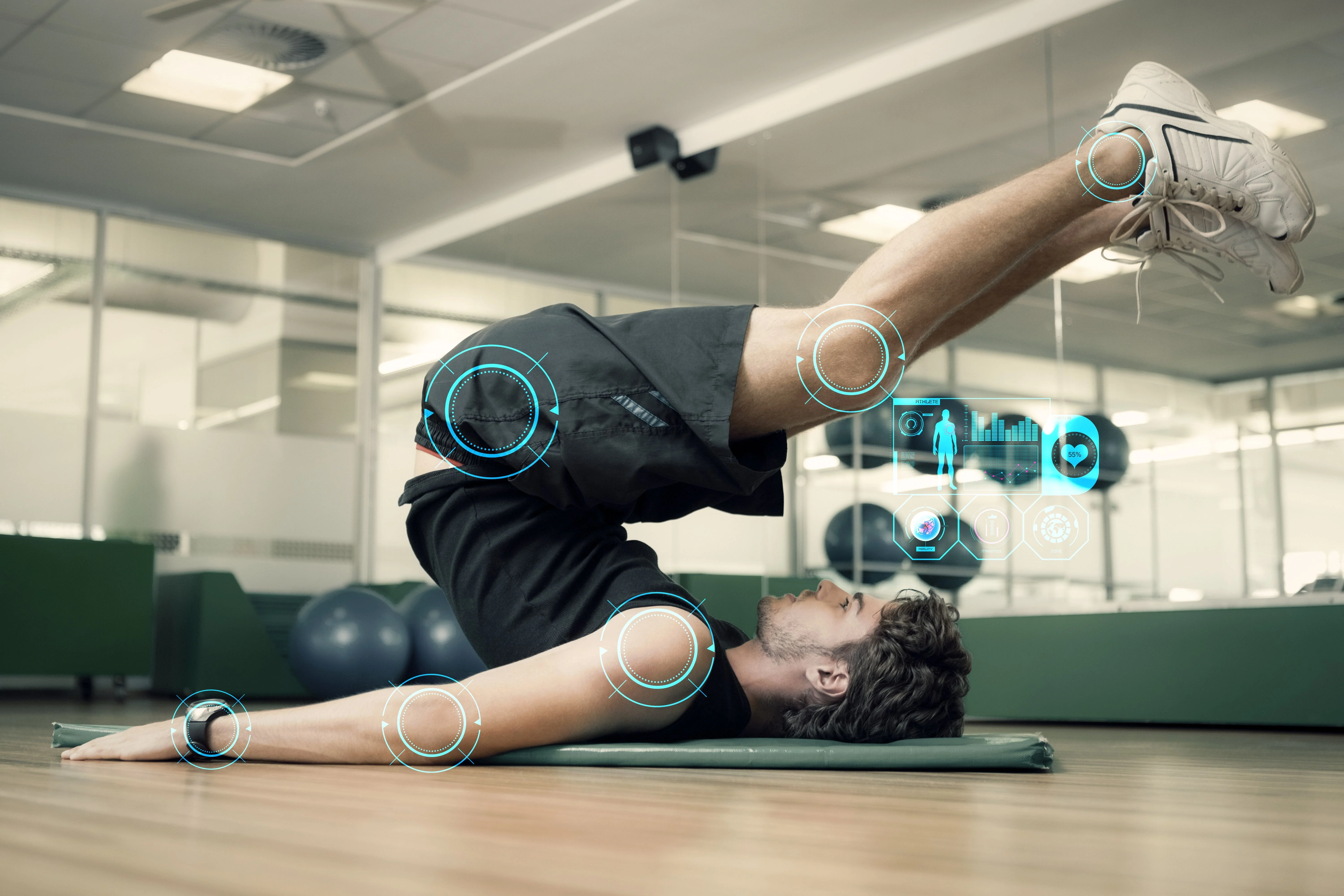Technology has granted society with so much. Such as communication through social media, marketing for business, and other aspects of everyday life. It also has been, and will continue being used for health monitoring. Thus, technology impacts the pharmaceutical world. Before diving into how health monitoring devices brings us closer to pharma 3.0, let’s discuss what pharma 3.0 1 even is and what there was prior to it.
Pharma 1.0
Blockbuster drugs are the core of pharma 1.0. After entering the market, those drugs made more than $1 billion per year. They were also known as care drugs. The challenge with these drugs was that the industry’s investment in research and development wasn’t providing the necessary return on investment. Accounting for these challenges, regulatory requirements to ensure drug safety became stricter, bringing more scrutiny of marketing practices and making higher hurdles for reaching the market. The way the industry went about addressing these challenges was what led the pharma world into the business model 2.0.
Pharma 2.0
Pharma grew into this way of doing business to resolve many of the issues with the last model. The strategy in pharma 2.0 revolves around products that aren’t as exposed to research and development and market risks. Products such as generics, vaccines, over-the-counter medicines, and medical technologies. This strategy provided temporary answers for many of the issues at hand, but there were many needs to still be addressed to make solutions sustainable. Some of the needs are of the patients, payers, and physicians. All of these lead to improved patients’ health. This business model is built around being more patient-centric and less about finding that one blockbuster drug.
Pharma 3.0
This is where we land today. The goal of all pharmaceutical companies. Pharma 3.0 is specifically angled toward assisting patients individually throughout the whole industry. It provides products and services designed for health improvement for each patient. This business model requires collaborations with technology companies, medical technology companies, food companies, and retailers to send patient-centric products and services. Various corporations throughout the industry are collaborating to reach pharma 3.0. This business is being done to ultimately manage the patients’ health, expand their access to products and services, and address medical challenges that haven’t been met.

Each time the industry advanced to the next pharma business model, the focus became more patient-centric and specific. According to Markets and Markets2 the global market for medical wearable devices is projected to reach $12.1 billion by 2021.
Wearables such as smart watches and phones add value to the healthcare system by assisting in the digital monitoring of patients’ health. They provide real-time access to health records and a quicker diagnosis. Some even provide information of treatment for certain conditions. These devices are also unobtrusive and connected with specific features such as wireless data transmission, up-to-date feedback, and alerts. A major benefit of these devices is accessing the ability for patients to take control of monitoring their own health on their own time. On top of those features, health apps also help patients track vaccination schedules, manage infusion for treatment of hemophilia, and find cancer clinical trials within 150 miles. Thus, making these health devices very patient-centric. Resulting in being the goal of pharma 3.0. As technology advances, pharma companies have expanded the number of pharma 3.0 initiatives by 78% since 20103.
Between 2006 and 2009, 11% of pharma initiatives were smartphone apps. Then, in 2010 the percentage rose to 41%. In 2017, pharmaceutical companies invested in these apps, educational websites, social media platforms, wireless devices and other programs by 78%. Therefore, the growth of these digital technological advances are essential to develop into pharma 3.0. These devices aren’t the only pieces in play when it comes to shifting to the newest pharma business model. Pharma companies are collaborating with businesses that embed sensors into pills that can transmit data and monitor the patient’s vital signs. Also, text messages are sent to those patients when it has been identified that they haven’t yet taken their medication as scheduled. There are also personalized online care plans for patients, which empowers them to manage various aspects of their health in an organized matter. Such as healthy living, weight loss, smoking prevention and diabetes prevention and control. Patients with this technology are becoming more active and self-directive. This adjusts their interactions with providers, payers, and pharma companies. Ultimately, creating tremendous opportunity.

Dr. Bertalan Mesko, medical futurist and author said4, “healthcare will be driven much more by consumers than physicians, with patients increasingly coming to their doctors with more information, parameters they measured at home, and an informed opinion about how they should be treated.” Dan Goldsmith, the chief strategy officer of Veeva Systems5 said, “In the next three to five years, instead of patients just being informed and more inquisitive, they will be actively designing the therapeutic and treatment approaches for themselves with their physicians.” This shift in the industry requires pharma companies to make the necessary adjustments to meet the changes that digital health monitoring devices create.
Explore More Relevant Articles on P360
- 6 Benefits to Build a Biopharma Commercial Foundation
- 4 Reasons Why You Need A Pharma Data Analytics Solution
- Why Pharma Territory Alignment Software is Essential
- 11 Companies using Pharma AI to stimulate Growth in the Industry
- 8 Reasons the Cloud is Your Go-To Pharma Patient Services Resource
A customer experience director at a top pharma company6 said, “We use different approaches, depending on the target audience, to reach patients across a number of channels that relate specifically to their preferences. We observe patient behavior via online communities, participate in dialogues on research communities, have in-home visits, observe patient-physician interactions, and use quantitative methods to analyze trends and adjust content as needed to drive better engagement.” A ton of the right pharma solutions are necessary to successfully manage the development into pharma 3.0. As the digital health monitoring devices advance and deploy throughout the industry, the pharma companies need to find ways to stay up to speed. The answer to this task is to retrieve a package of solutions to navigate in this new environment of pharma 3.0.
References:
3. https://www.ey.com/en_gl/life-sciences
5. https://www.veeva.com/?gclid=EAIaIQobChMIkcLrxoKk3AIVxJ6zCh33PwUAEAAYASAAEgI-cPD_BwE



